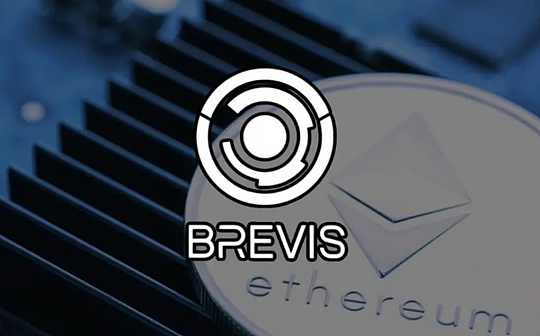
Author: Haotian; Source: X, @tmel0211
On eth_proofs Day, Justin Drake used the zklighthouse client to verify Brevis Pico ZKVM’s proof on-site – it can directly finalize blocks without re-executing transactions, and shouted that the era of Gigagas ETH is coming.
There is no doubt that Brevis has once again been hand-picked by the Ethereum Foundation.So what exactly is Brevis planning?
After reading their latest ProverNet white paper and demo, I found that it is indeed different from other zk solutions:
1) Generally, the ZK certification market follows a single supplier model, but Brevis found an embarrassing problem in the production environment: for example, Uniswap’s off-chain Rebate process requires ZK to provide a transparent solution, PancakeSwap’s VIP rate requires sub-second proof checks before each transaction, and Euler Labs’ incentive allocation that requires a certain amount of time to batch process more than 100,000 addresses has requirements for throughput.
According to normal logic, several different demand scenarios have completely different requirements for hardware configuration, proven system specifications and optimization directions.If it is a single supplier, it can either only do in-depth scene optimization for temporary needs, or it can only provide a general solution and compromise.In this way, it is obviously difficult to meet the tricky and differentiated needs in vertical scenarios;
2) The ProverNet solution that Brevis wants to do is very simple, building a two-sided market, the application party puts forward the demand, and the professional Prover bids and receives the order, which is the TODA (True Reproduction Double Auction) mechanism.Such a “market-oriented” solution can naturally handle multiple heterogeneous proof types at the same time, so that applications with subdivided scenario requirements can get the most professional Prover to provide dedicated counterpart services.
In fact, we can go one step further. If we encounter more complex tasks, different Provers can also disassemble the tasks and collaborate. For example, a zkVM proof may be divided by A, compression by B, aggregation by C, and final packaging by D.In short, professional division of labor and spin-off are required to meet more diversified market demands.
above.
In fact, the logic is very simple, that is, from the past thinking of “selling shovels” to building a “market”, the purely centralized supplier service system in the past has been transferred to a decentralized Marketplace.
In the so-called Gigagas ETH era, what is needed is by no means a single tool service, but an infrastructure that can schedule Prover across the entire network.







